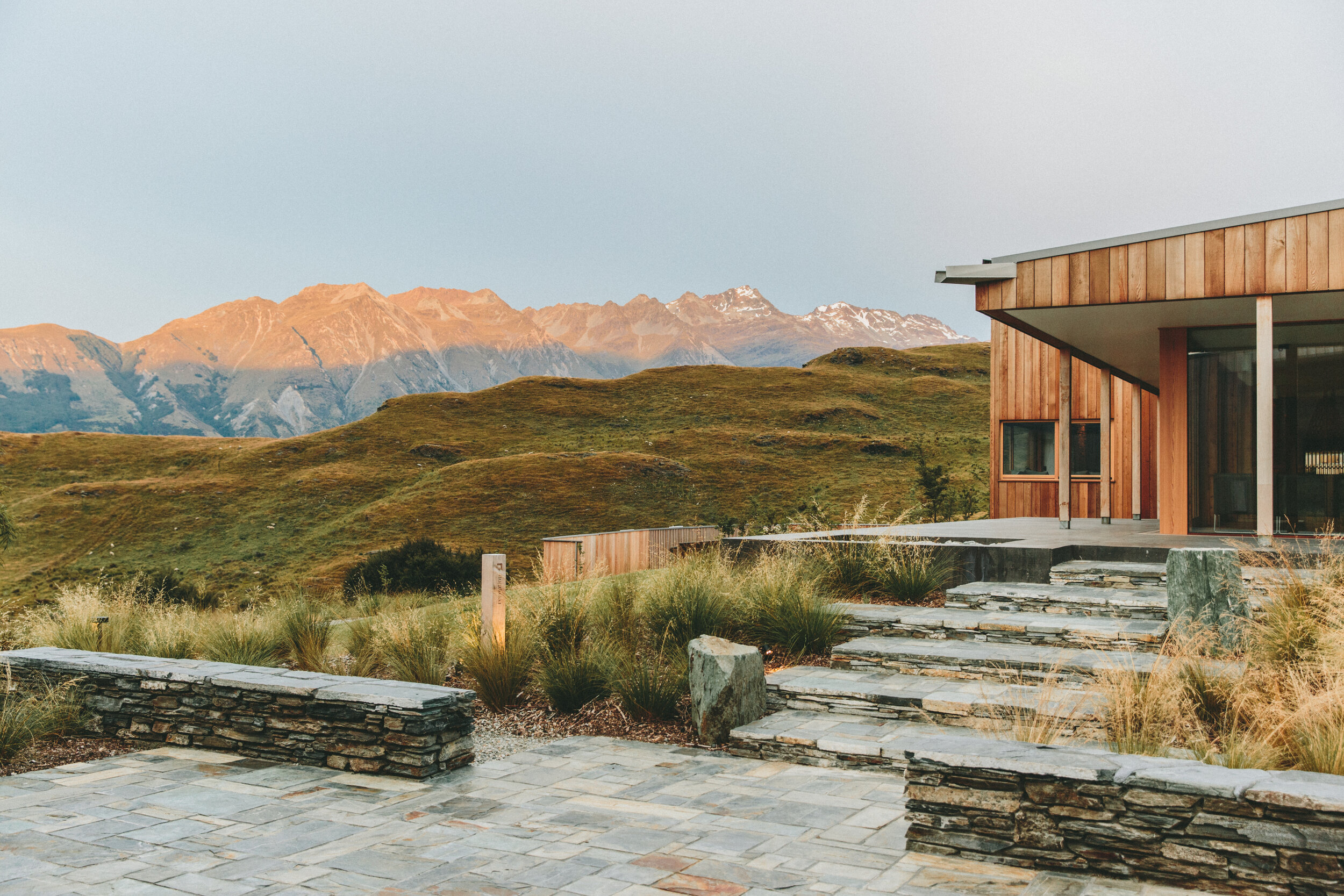
Jammin’ At the Crossroads
In 1849 in San Francisco … Californians first heard “Oh! Susanna.”
— by Jim Matthews, Author of “You Can’t Shoot the Banjo Player”
Banjo Connections
After a busy December, I suddenly realized that I quickly needed to get ready for the “Jazzsea” Caribbean/Panama Canal Cruise, which I had booked for January. It was closer than I thought.
This cruise afforded me the opportunity to ride the Panama Canal Railway and research its historical roll in transferring California-bound gold seekers between ships in different oceans. The 47-mile railroad across the Isthmus of Panama was completed in 1855, and the canal was finished in 1914. But banjos made it to California before that. There is an 1849 record of a minstrel troupe going ashore from a clipper ship in Valpariso, Chile, en route to California via Cape Horn. This troupe’s performance upon arrival in San Francisco was where Californians first heard “Oh! Susanna.” That song, by Stephen Foster, became the anthem of the “Fortyniners,” and took on a whole new set of words about the gold rush. It was probably also a great “commercial” that helped sell a lot of banjos to the Mother Load miners, who were always looking for ways to entertain themselves.
Caption- Dorling Kindersley/Getty Images
I’ll have more on the gold rush later. When I booked on this jazz cruise, I signed up to sit in for a few sets with Dick Williams and the Jazzsea Jammers while on board the ship (Holland America Lines’ M.S. Rotterdam). Banjo Hall of Fame inductee Tim Allan was also on board to organize his spectacular “Banjos Aweigh,” in a familiar banjo band format. Additionally, the Buck Creek, Climax, Grand Dominion, Frisco, and Fulton Street Jazz Bands were along with us as well as Tex Wyndham and Jean Kittrell’s St. Louis Rivermen.
As our ship got underway from Ft. Lauderdale, I was very busy finishing all of the things I did not have time to do before the cruise, including some remaining work for my day job, practicing songs I would be playing with the Jammers, trying to figure out how to work my new camera, filling out numerous immigration forms, and regularly getting lost on the ship. As I did some work in the ship’s internet cafe (after I finally found it) I heard Tim Allan rigorously rehearsing the “Banjos Aweigh” group in an adjacent room. He was really doing some neat stuff and I wished I could participate, but it just did not look like I would have time for that too. Since I am part of our banjo band here in Sacramento, I thought I would give priority to playing with Dick Williams to try something a little different. Dick rotated his guest “jammers” between sets. I got to play in three fixed sets, as well a couple of open jam sessions. Each set usually had about a dozen players, balanced between horns, reeds, banjos, piano, bass, and drums. Banjos were usually used three at a time. Dick really deserves credit for being able to take musicians, many of whom have never seen each other before, and whip them into a credible jazz band, suitable to “open” for some well-known bands in the ship’s plush Crow’s Nest Lounge. Some banjoists who knew all the music performed with both the Jammers and Tim Allan.
Although banjo players could hardly be considered an endangered species on this ship, I felt like I got plenty of playing time with the Jammers. And Tim Allan was reported to say that he could have used more banjo players. I would highly recommend this annual cruise to any Dixieland or traditional jazz banjo player. But do your homework (practice music, cruise paperwork, prepare cameras, etc.) before you go in order to get the most out of it.
Reprinted from the Sacrament Banjo Band Newsletter, February 2005, page 2.
